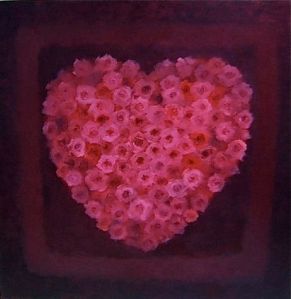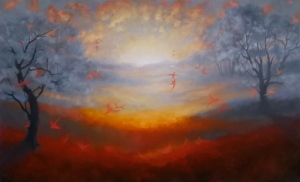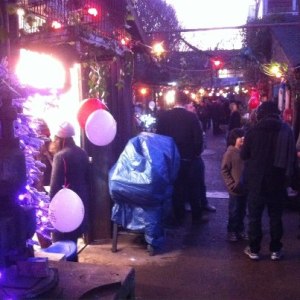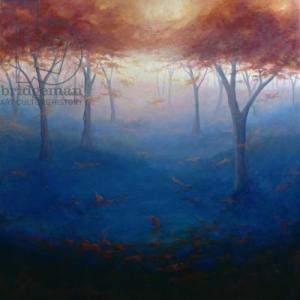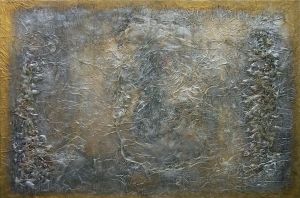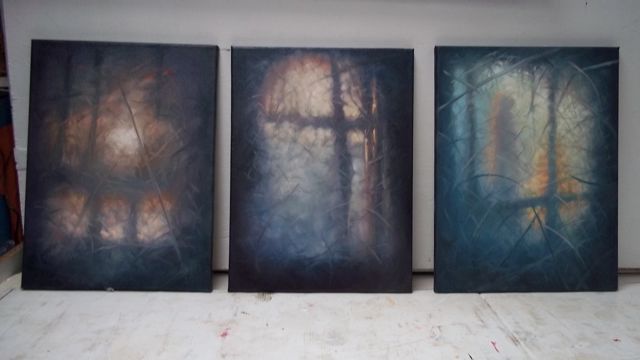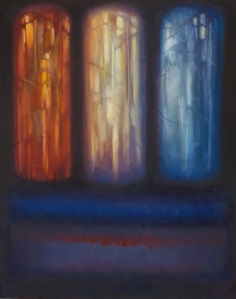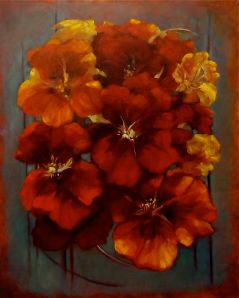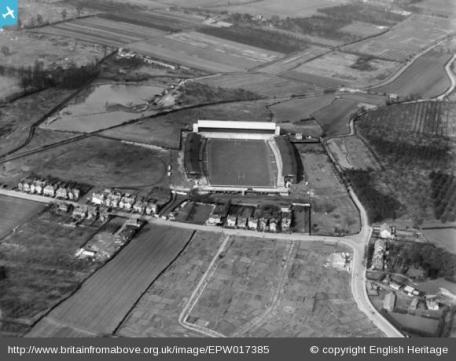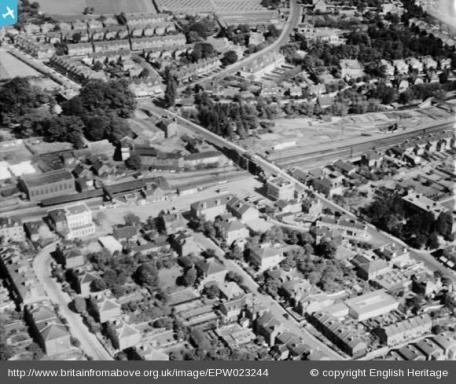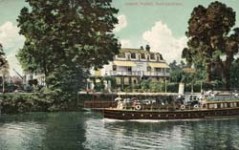2013 News
February News
NEW WEB SITE – http://www.leecampbell.co.uk
My old site had ‘expired’ so I was forced to either employ a designer or have a go myself – so with much technical help by Steve – we managed to put a new site together last weekend. It’s fairly basic and we’ve had to sacrifice the video but I think it does the job.
Did you know that dogs can be killed by eating grapes and the dried fruit derived from them??
Well, fortunately we did – but were unable to communicate this to Holly (our Saluki). On one of the rare occasions that she was left alone she decided to punish us by eating a whole malt loaf (with raisins)- she had ignored the dog treats on the bench.
We rushed her to an emergency vet where she was made to vomit and spend 48 hours on a drip. Happily she survived and is safely back at home – she treated the experience as something akin to a detox weekend at a health spa thanks to to 2 lovely Belgian vets (both called Julien) and the nurses who made a huge fuss of her. Not an experience I would like to repeat though.
http://vetmedicine.about.com/od/toxicology/f/grape_raisin.htm
Thanks to all the visitors (and organisers) who braved the cold to make the Open Studio show the best ever! Thanks also for the ‘Twickerati’ for his photo and excellent Twickenham blog: http://www.facebook.com/pages/twickerati/125429094134238
Mailing List
If you would like to be invited to future exhibitions and events on Eel Pie Island please contact me.
News – Nov
Delighted to see one of my older paintings on the cover of the Times Literary Supplement in November. The rights were purchased from The Bridgeman Art Library:
This autumn I returned to an old theme – Battersea Power station seen from the Pimlico Embankment, but this time in a misty damp evening light – a view I remember well from living in Dolphin Square in the 1990’s and cycling up to Grosvenor Dock along the Embankment. Sir Giles Gilbert Scott was the architect who designed both the iconic phone boxes and Battersea Power Station.
- ‘Thames Embankment’ Lee Campbell
New Series
When I was at the Royal Ballet School last year I was enchanted by the patterns the dancer’s feet made on the polished studio floors. The layers of texture was made even more mysterious by the daylight piercing the darkened interiors and creating reflective pools of light – I photographed it at the time but only recently made the connection between these textured layers and the tissue collages that I make:
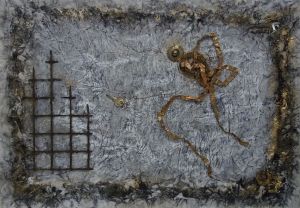
Mixed media collage – Lee Campbell
I began the new series by doing several small oil paintings based on the photos:
These were followed by a larger piece which sets the ‘traces’ within defined cylinders:
This image links in turn to an earlier body of work entitled ‘Rothko with Altitude’ Rothko-inspired abstracts with an upper band of skyscapes and will hopefully lead to more work along these lines.
Meanwhile, I wanted to bring some light and colour into the winter studio so painted these pieces:
Always good to have some ‘warm’ paintings to liven up the studio on these chilly days so I’v been using the last of the nasturtiums in the canoe garden outside my studio as subjects. They’ll be gone with the first frost.

- Studio Eel Pie Island
Commissions Welcome
If you have a photo of a special place that you would like translated into a painting email the image and the dimensions and I will send you quote. I also have a staggered payment plan with the final payment made when the painting is delivered
Student visit
Last year Laura Tosh visited my studio as part of a uni project photographing people on the island in their place of work and took the following shots – a real snapshot in time : 
Holly ‘the muse hound’ continues to provide good company and a presence obvious only by the occasional snoring from the corner of the studio. Many visitors are unaware she is even there until she rises to stretch – perfect studio dog.
Appreciating the History of Twickenham
With thanks to our great local blogger Twickerati : http://twickerati.wordpress.com/
TwickenhamMuseum:www.twickenham-museum.org.uk/detail.asp?ContentID=213
Trolley bus to Twickenham http://www.youtube.com/watch?v=iySshjjujog
Eel Pie Island’s early history
Samuel Lewis’s map of 1784 shows the inn in the centre of the Ait inscribed “Mr Horn”. Henry Horne was also a waterman: in 1788 he took the lease of the from Lord Dysart, renewing this until 1803, for the last time.
The White Cross was replaced with a much larger establishment in 1830 and the island became a popular resort for visitors and boating parties, some brought by steamer. A watercolour by Thomas Rowlandson gives a flavour of leisure: various boats coming and going and visitors enjoying alfresco refreshment beneath the trees. The eel pies served were famous and led to the renaming of the island although with increased pollution the eel population declined and pies are no longer made.
The larger establishment took the name Eel Pie Hotel and the contribution which this establishment made to the development of British Pop music is legendary. It closed and was burnt down in 1971 while being demolished.Twickenham Rowing Club was founded in 1860 under the presidency of the Duc d’Aumale (1822-1897) then living at Orleans House and in 1880 built its headquarters on the island. Like Twickenham Ferry and, later, Hammerton’s Ferry it acquired a celebratory piece of music. Composed by W Vincent Wallace, The Oarsman’s March was scored for solo piano and dedicated to the Twickenham Rowing Club. Published by Robert Cocks & Co it was apparently published while ‘his Imperial Majesty the Emperor Napoleon III’ was still on the throne.
In 1889 there was a proposal to establish an open air swimming pool at the upstream (southern) end of the island together with a bridge for access. Today, the island is now largely residential but sustains a boat-building and artist and craft workshop community. It also boasts a small bird sanctuary at its southern end. It remains connected to the mainland by a new bridge, though comfortably detached from the hurly-burly of Twickenham, for its residents.
